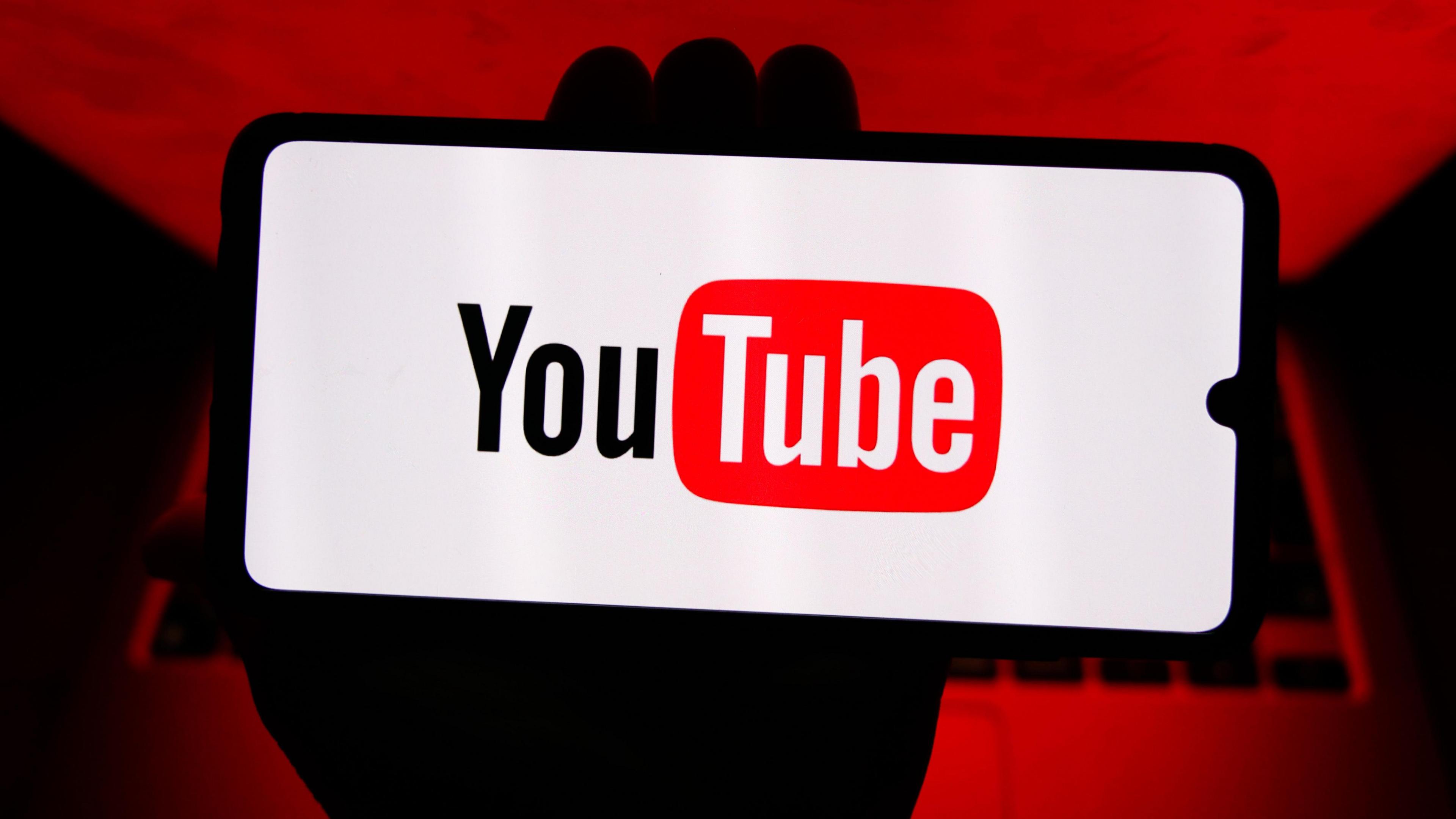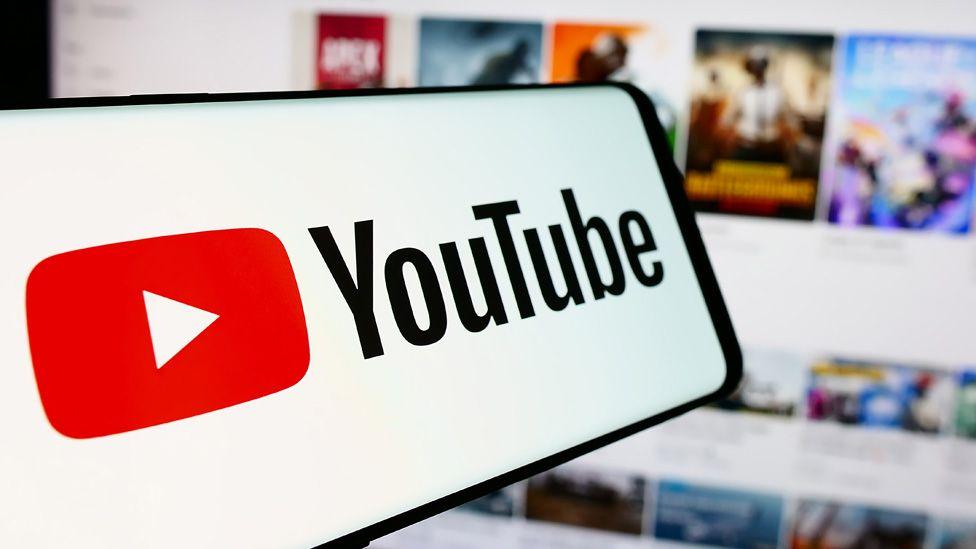YouTube now second only to BBC as media destination

People in the UK spent an average of four hours and 30 minutes a day watching TV and video content at home in 2024
- Published
YouTube has become the UK's second most-watched media service, behind only the BBC, according to Ofcom's annual report.
One in five young viewers go to the video sharing platform first when they turn on their smart TVs, the country's media watchdog found, while older people also watch more of its content.
Generation Alpha - aged four to 15 - turn to YouTube first while people aged over 55 are watching nearly twice as much YouTube as they did two years ago.
Ofcom's interim group director for strategy and research, Ed Leighton, said scheduled TV is "increasingly alien" to younger viewers, with YouTube now "the first port of call for many" when they pick up the remote.
"But we're also seeing signs that older adults are turning to the platform as part of their daily media diet too," he noted.
'Moving to meet audiences'
Not only is YouTube's audience changing, but so too is the content it showcases.
Half of the platform's top-trending videos now more closely resemble traditional TV, including long-form interviews and game shows; positioning it as a direct competitor to ad-supported TV services, while offering broadcasters a way to reach younger and wider audiences.
Public service broadcasters, Mr Leighton added, are "recognising this shift" and "moving to meet audiences in the online spaces where they increasingly spend their time".
He continued: "But we need to see even more ambition in this respect to ensure that public service media that audiences value survives long into the future."

The Gavin and Stacey finale was 2024's most watched show on linear TV
The reports shows that overall though, people spent 4% less time watching broadcast TV in 2024 than the previous year, with average daily viewing dropping to two hours 24 minutes on TV sets.
This trend was particularly driven by young adults (16-24), who watched just 17 minutes of live TV daily. Just under half of this age group (45%) tuned into broadcast TV weekly, down from 48% in 2023.
Despite the rise of streaming, broadcast television still accounts for 56% of in-home viewing.
This is especially true around big events like Christmas, as festive favourites and cup finals topped the list of last year's most-watched moments:
Gavin and Stacey: The Finale was the most watched programme last year on linear telly (18.6 million, including catch-up)
That was followed in second place by Wallace and Gromit: Vengeance Most Fowl (16.9m).
The fourth episode of Mr Bates vs The Post Office came in third (14.7m)
The men's Euro 2024 football final between England and Spain was the most-watched live sporting event of last year, across the BBC, ITV and STV (19.8m)
In the first quarter of this year, Netflix's Adolescence was the most-watched TV event (12.2m), making it the first time a streaming title has topped the weekly TV ratings
The nation's listening habits are reportedly evolving as well, as more than nine in 10 UK adults (93%) listen to some form of audio content each week, increasing to 98% of 16-34-year-olds.
YouTube (47%) and Spotify (36%) are the most popular online audio services, while BBC Sounds is the most popular from a radio broadcaster (24%).
The report underlined how podcasts are also increasingly available in video as well as audio form.
It comes in the same month that Ofcom said YouTube should give videos made by channels such as the BBC, ITV and Channel 4 more promotion to help tackle a "serious threat" to the UK's public service broadcasting.
Also on Wednesday, it was announced that YouTube will be included in Australia's world-first social media ban for children under 16, after the government ditched a previous exemption for the platform.
Related topics
- Published30 July

- Published22 July

- Published30 July
